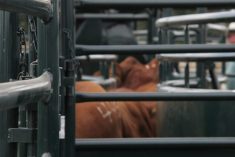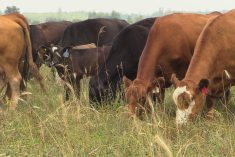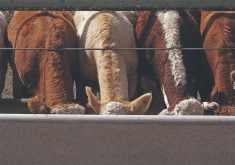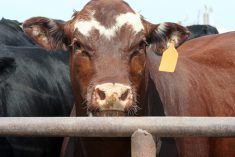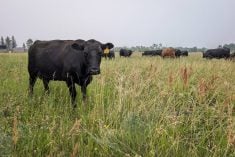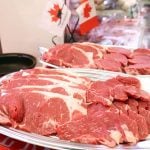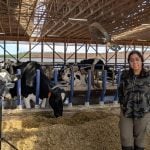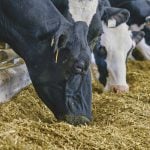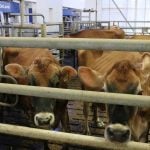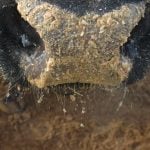Feeder cattle prices came under pressure this past week on fears that the European debt crisis will slow the economic recovery in North America. Markets don’t like uncertainty and we have seen how fast consumer spending can contract, influencing overall beef consumption. Equity markets have lost over 10 per cent of their value since the April highs, while crude oil is down nearly $20 per barrel. May feeder cattle futures have also lost $8 per hundredweight (cwt), as investment money exits any market vulnerable to economic stability. Canadian and U.S. feeder cattle prices were down $3 to $5 last week, breaking the long term upward trend.
Read Also
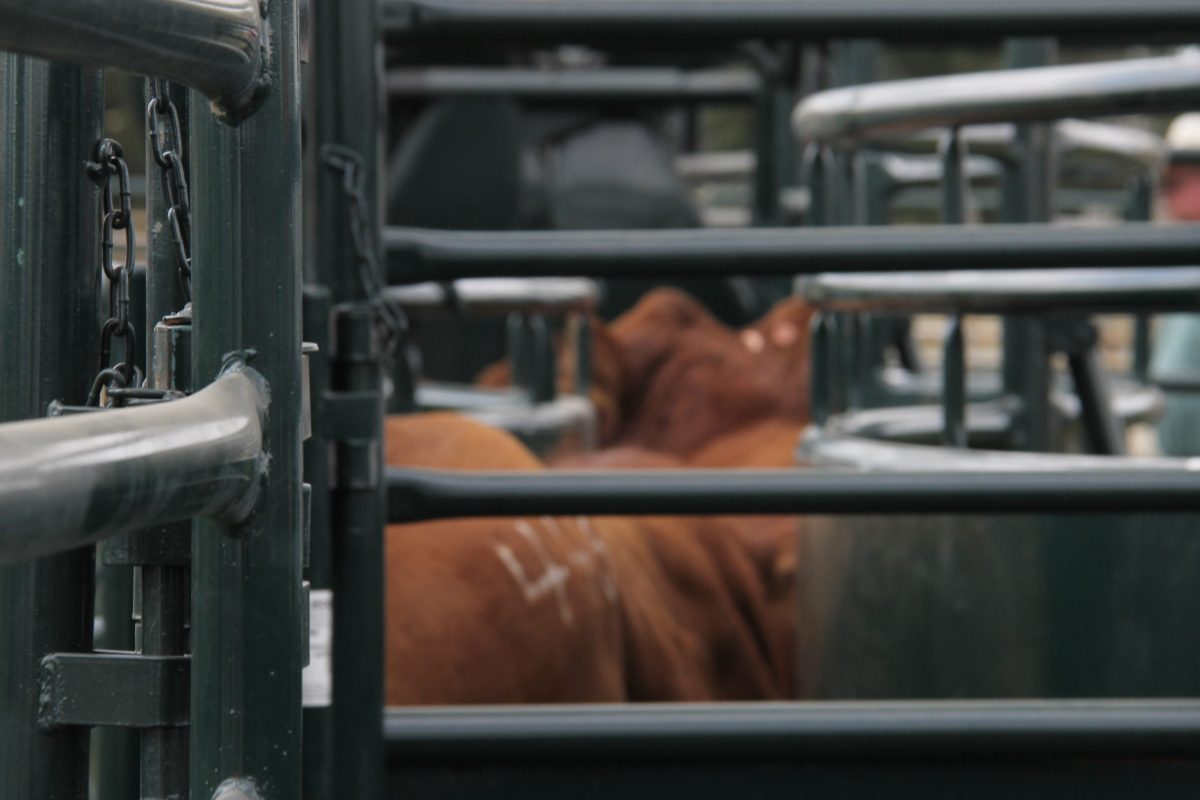
U.S. livestock: Feeders continue to fall; live cattle level out
Chicago live cattle futures leveled out to finish on either side of unchanged, Tuesday, after days of precipitous declines. Feeders…
Despite tighter feeder cattle supplies, the market was unable to sustain the current price structure and it now looks like the tide has turned. It was only a matter of time before economic instability curtailed buying enthusiasm for feeder cattle. Feedlots are now facing a different margin situation for the fall period, as October live cattle futures have dropped $5/cwt. U.S. order buyers at local auction rings are all of a sudden idle, with larger supplies of heavier feeder cattle coming available in Nebraska and Kansas.
We are just lucky that many readers of our weekly commentary took our advice to protect themselves on their fall calf marketings. This was a beautiful opportunity to lock in some decent prices as the speculative funds pushed the feeder cattle futures right to the roof. Now they are waiting for the commercial and feedlot trade to step forward with additional buying, but uncertainty about future beef demand has these boys on the sidelines.
It doesn’t look like this equity slide is over just yet. The degree of weakness in feeder cattle will depend if consumer confidence erodes in upcoming weeks, as this is the largest factor influencing beef demand. Will the European debt crisis cause the North American economic gains from January to take a few steps backward? Those betting on further upside have two of a kind versus a royal flush held by recessionary forces. Bluffing with such low odds is not for the faint of heart.
— Jerry Klassen is a commodity market analyst in Winnipeg and maintains an interest in the family feedlot in southern Alberta. He writes an in-depth biweekly commentary, Canadian Feedlot and Cattle Market Analysis, for feedlot operators in Western Canada. He can be reached by email at [email protected] or 204-287-8268 for questions or comments.
The material contained herein is for information purposes only and is not to be construed as an offer for the sale or purchase of securities, options and/or futures or futures options contracts. While the information in this publication cannot be guaranteed, it was obtained from sources believed to be reliable. The risk of loss in futures trading can be substantial. The article is an opinion only and may not be accurate about market direction in the future. Do not use this information to make buying or selling decision because adverse consequences may occur. This information may be wrong and may not be correct about current market conditions in all areas of Canada. This is an opinion only and not based on verified facts.



